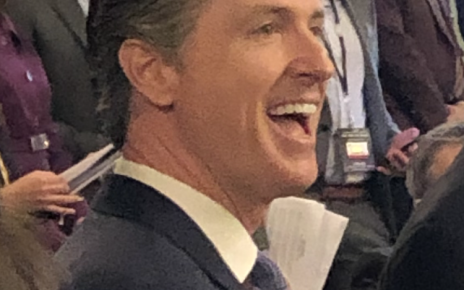Direct Democracy in California: The Recall
Part lll Direct Democracy in California. Part l is here. Part ll is here. One of the three forms of direct democracy in the State of California is the recall. It is available at the state or local levels. In...




